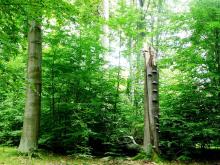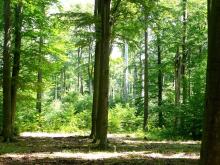 Asset Publisher
Asset Publisher
Nature reserves
 Martwy pomnik przyrody przy drodze do rezerwatu "Annabrzeskie Wąwozy". Fot. Jerzy Wilanowski
Martwy pomnik przyrody przy drodze do rezerwatu "Annabrzeskie Wąwozy". Fot. Jerzy Wilanowski
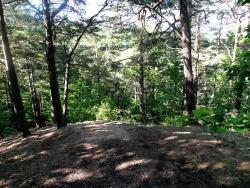 Rezerwat przyrody "Annabrzeskie Wąwozy". Fot. Jerzy Wilanowski
Rezerwat przyrody "Annabrzeskie Wąwozy". Fot. Jerzy Wilanowski
 Rezerwat przyrody "Annabrzeskie Wąwozy". Fot. Jerzy Wilanowski
Rezerwat przyrody "Annabrzeskie Wąwozy". Fot. Jerzy Wilanowski
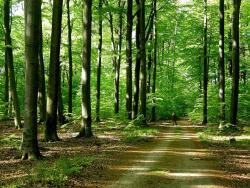 Rezerwat przyrody "Buczyna Szprotawska". Fot. Jerzy Wilanowski
Rezerwat przyrody "Buczyna Szprotawska". Fot. Jerzy Wilanowski
 Rezerwat przyrody "Buczyna Szprotawska". Fot. Jerzy Wilanowski
Rezerwat przyrody "Buczyna Szprotawska". Fot. Jerzy Wilanowski
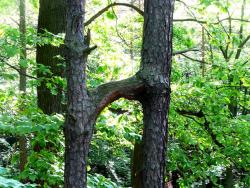 Sosnowe "H". Fot. Jerzy Wilanowski
Sosnowe "H". Fot. Jerzy Wilanowski
Reserves are sectioned off areas of unique natural values preserved in their natural or slightly modified state. Forest economy is limited in such areas. The total number of Polish nature reserves is 1441, including 671 forest reserves with total area amounting to over 61 000 ha. Nature reserves make 1.6 % of all forests managed by the State Forests.
There are 2 nature reserves within the territory of the Szprotawa Forest District – "Annabrzeskie Wąwozy" and "Buczyna Szprotawska" – with joint area of 208.43 ha.
"Buczyna Szprotawska" Nature Reserve
Established: 1965
Area: 152.32 ha
"Buczyna Szprotawska" Flora Reserve is located in Lubuskie Province, in Szprotawa Commune, in the vicinity of Leszno Dolne. It is the largest nature reserve located within the territory of Regional Directorate of the State Forests in Zielona Góra and second largest nature reserve in Poland.
The reserve has been established to protect mixed forest stands of natural origin including beech and having features of Carpathian beech wood.
In addition to approximately 85 ha of beech woods the reserve also includes dense Linden stands. It surely is an interesting phenomenon as the species is usually found to make a fraction in mixed broadleaf forest stands in Poland.
In addition to rich flora the District also abounds in animal species, with a variety of birds, reptiles, mammals and amphibians. Nearly 38 species of birds nest in the District, including rare species such as Stock Dove or Red-breasted Flycatcher. There are 15 species of mammals here, with Wild Boar, Deer, Roe Deer or Fox being the most common species. The area is also inhabited by 5 species of amphibians, such as: Common Toad, Common Frog, Moor Frog, Smooth Newt and Northern Crested Newt. Reptiles are represented by 3 species: Slow Worm, Viviparous Lizard and Sand Lizard.
The most interesting species inhabiting the reserve and the surrounding forests is Edible Dormouse, a protected species included on Polish Red List of Animals.
The reserve includes "Szlak Popielicy" (Edible Dormouse Trail) Educational Trail and two walking trails – yellow and red – to learn in detail about the nature of this interesting area.
"Annabrzeskie Wąwozy" Nature Reserve
Established: 1977
Area: 56.11 ha
"Annabrzeskie Wąwozy" Nature Reserve is located in Lubuskie Province, in Nowa Sól district, in Bytom Odrzański commune. It covers forested area on the edge of Odra valley full of hills and ravines, in the vicinity of Dalkowskie Hills. The reserve can boast one of the highest hills of the range (220 m above sea level) and maximum topographic prominence of about 60 m.
The ravines are known for seeps of subterranean water and stands of ash riparian forests including Grey Alder.
Upland peaks and eastern areas of the reserve are dominated by pine or pine and oak tree stands with occasional birch and beech trees. Species of undergrowth include Lily of the Valley, Sweet Woodruff, European Wild Ginger, Deer Fern, Bird's-nest Orchid and Common Ivy. Vascular plants are represented by 192 species, including 39 species of trees and bushes. The rarest species are Common Fragile Fern and Common Oak Fern.
Fauna of the reserve includes 4 species of amphibians, 2 species of reptiles, 34 species of birds and 12 species of mammals. The most common mammals include Deer, Roe Deer or Badger, amphibians – Common Toad, Common Frog and Smooth Newt, reptiles – Slow Worm and Viviparous Lizard, and birds – Common Chaffinch, Great Tit, European Robin, Wood Warbler and Coal Tit.
The reserve includes red walking trail named "Dziadoszan" and yellow educational trail.


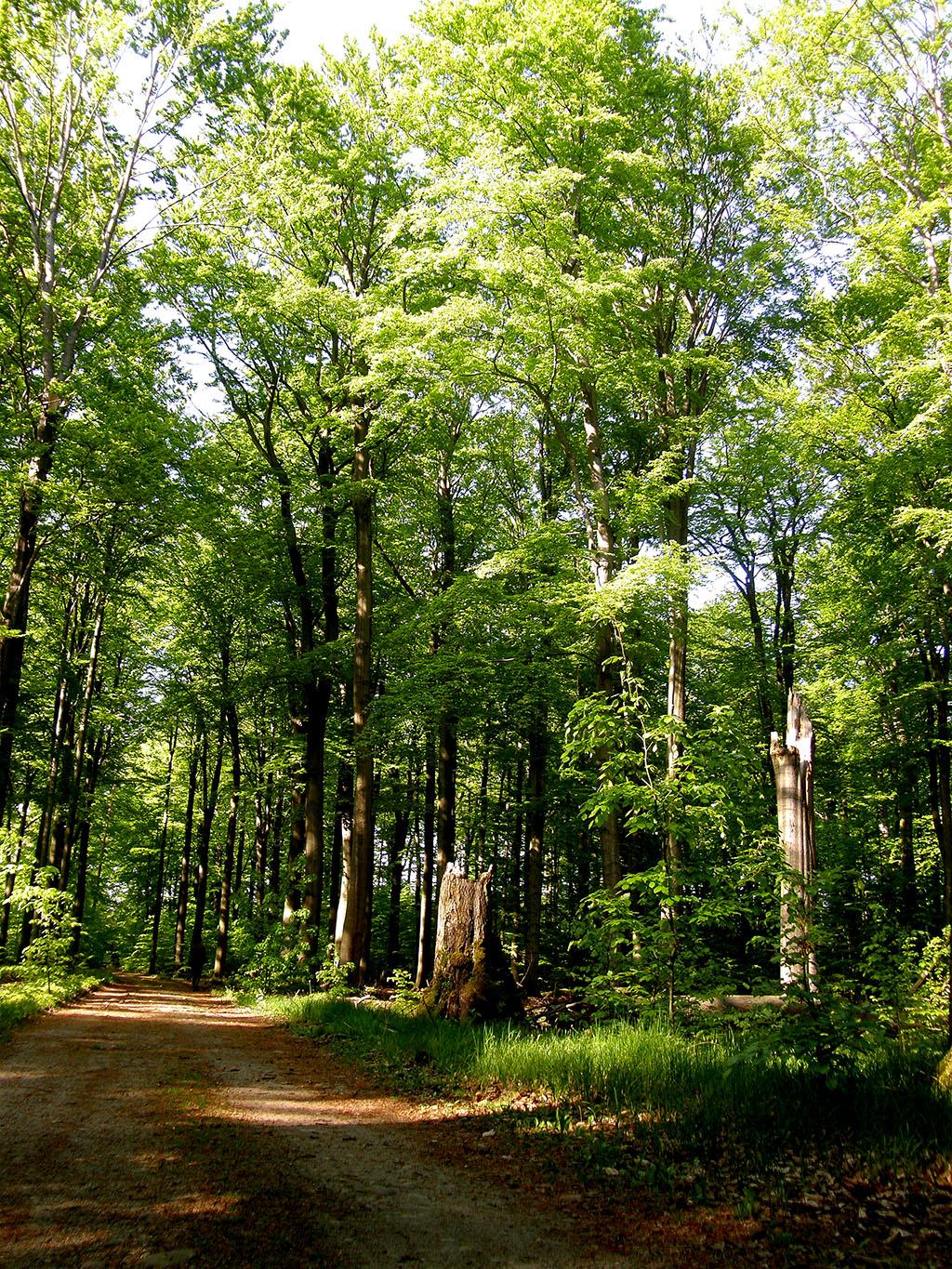




![„Naplotkowała sosna, że już się zbliża wiosna.[…] A wiosna przyszło pieszo - Już kwiaty z nią się śpieszą, Już trawy przed nią rosną I szumią: „Witaj wiosno!”. Jan Brzechwa - Przyjście Wiosny](/documents/1226291/0/Wiosna+1.jpg/8e6d02a0-5ffe-d486-49c3-5fac2b3b23c1?t=1711109156614&width=42)

